33+ Sample Emergency Response Plans
-
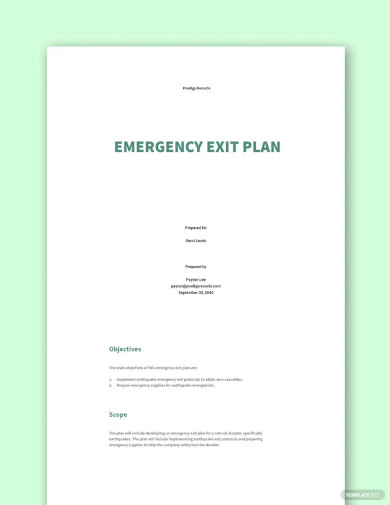
Emergency Response Plan Template
download now -
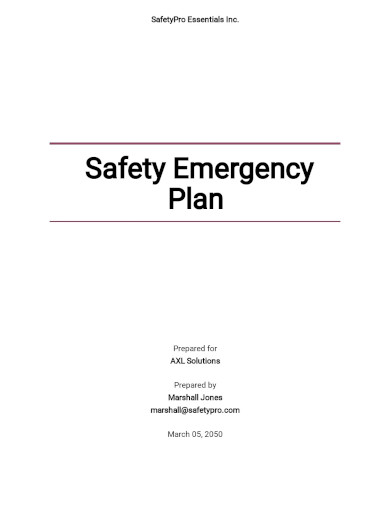
Safety Emergency Response Plan Template
download now -
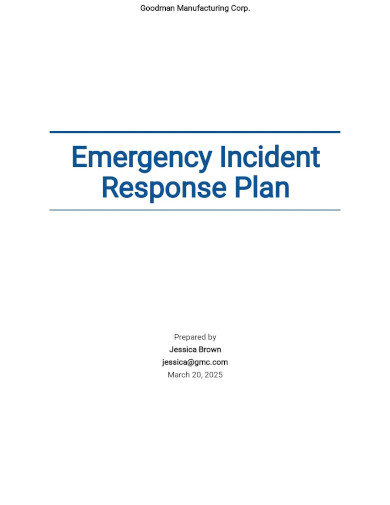
Emergency Incident Response Plan Template
download now -
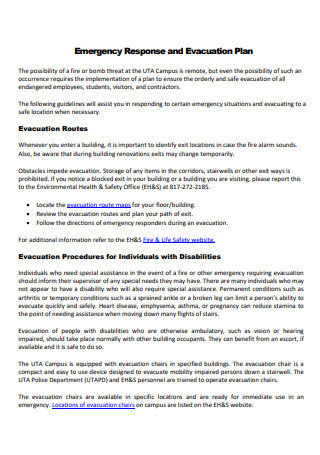
Emergency Response Plan
download now -
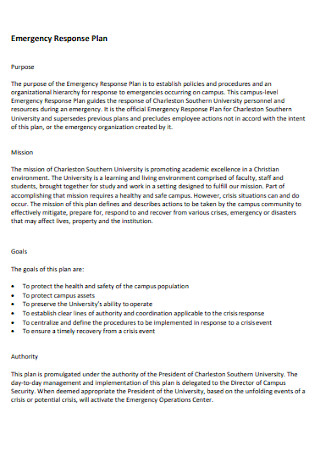
Emergency Response Plan Format
download now -
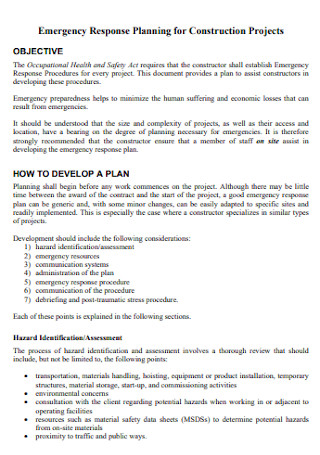
Emergency Response Planning for Construction Projects
download now -

Emergency Response Plans for Petrol Stations
download now -

Nuclear Emergency Response Plan
download now -

Emergency Response Planning for Surface Mines
download now -
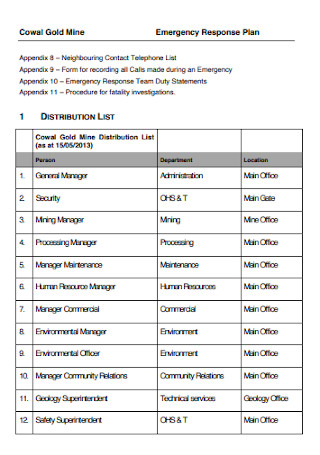
Emergency Response Plan for Gold Mine
download now -
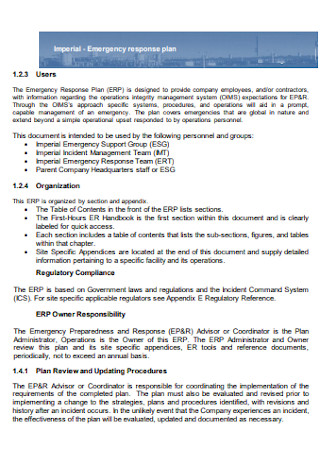
Formal Emergency Response Plan
download now -
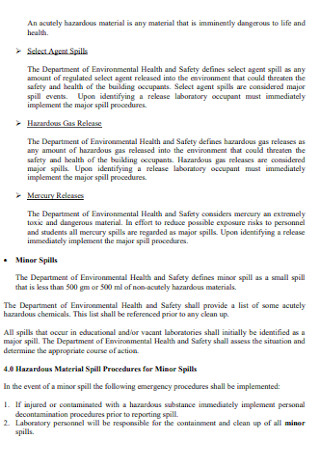
Materials Emergency Response Plan
download now -
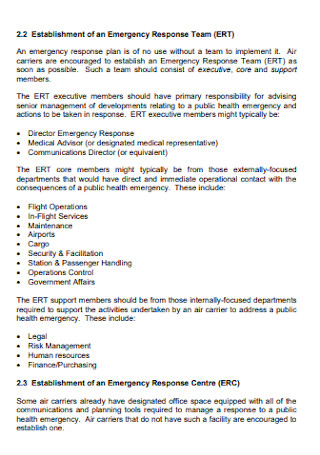
Establishment of an Emergency Response Plan
download now -
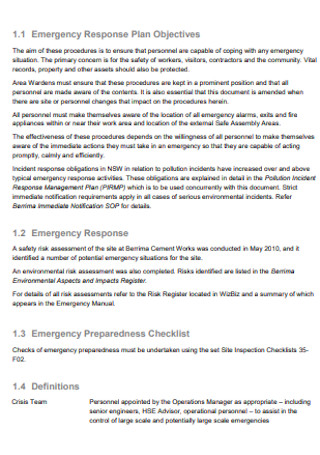
Standard Emergency Response Plan
download now -
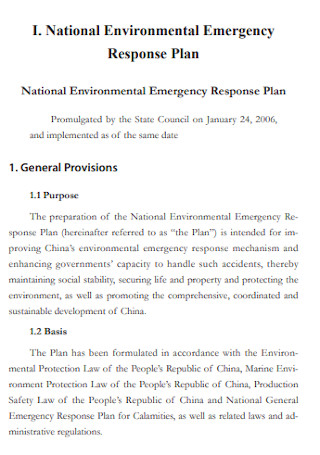
Environmental Emergency Response Plan
download now -
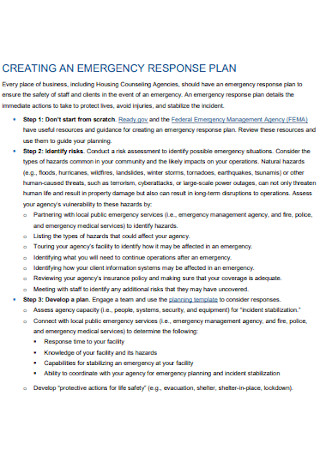
Simple Emergency Response Plan
download now -
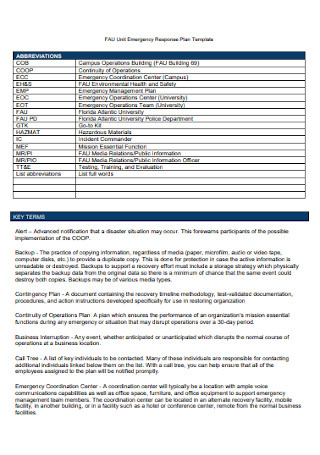
Unit Emergency Response Plan Template
download now -
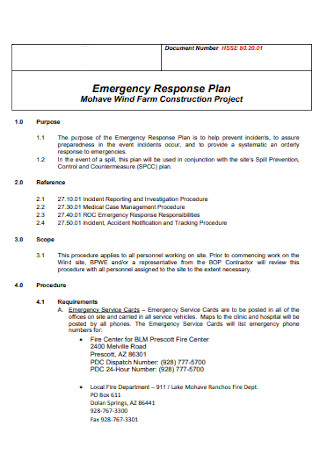
Emergency Response Plan for Construction Project
download now -
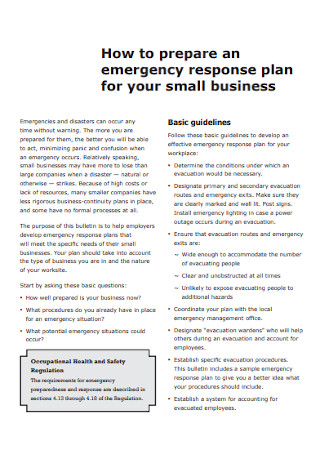
Emergency Response Plan for Small Business
download now -

Emergency Response Plan and Preparedness
download now -
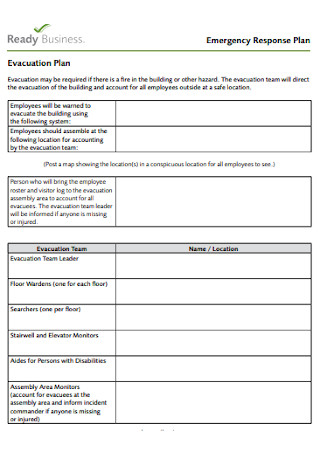
Simple Emergency Response Plan
download now -
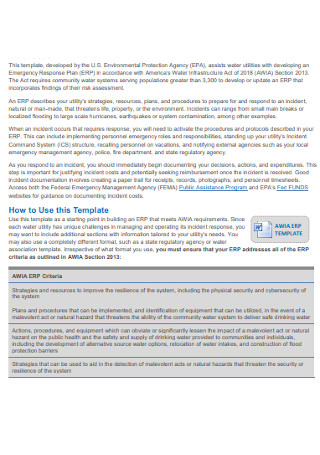
Water System Emergency Response Plan
download now -
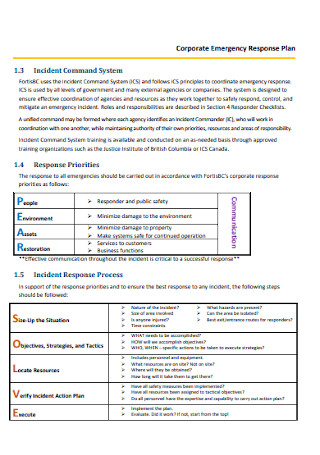
Corporate Emergency Response Plan
download now -
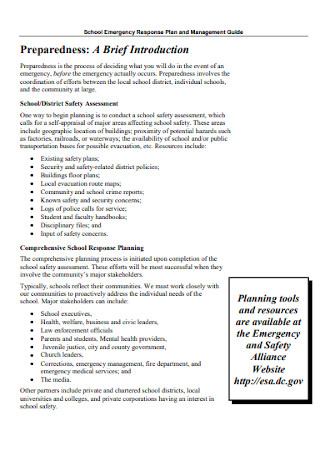
School Emergency Response Plan
download now -
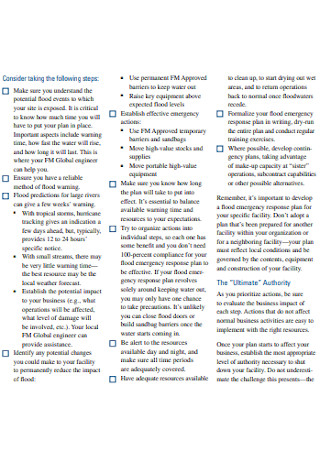
Flood Emergency Response Plan
download now -
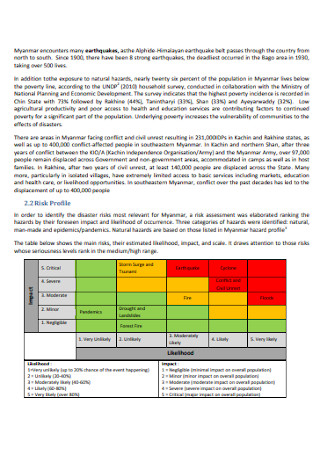
Emergency Response Preparedness Plan
download now -
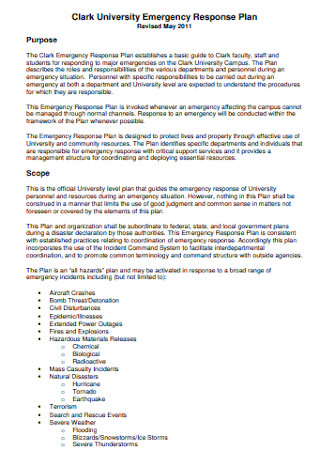
University Emergency Response Plan
download now -
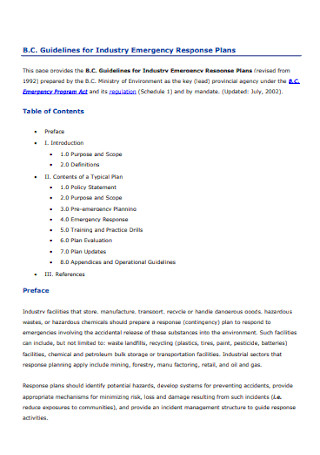
Industry Emergency Response Plans
download now -
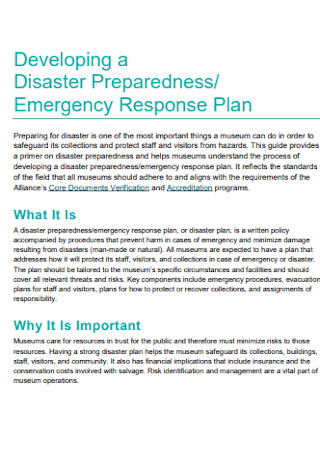
Disaster Emergency Response Plan
download now -
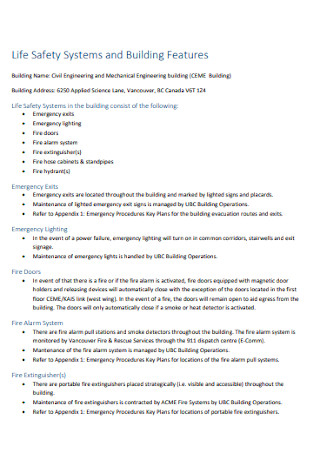
Building Emergency Response Plan
download now -
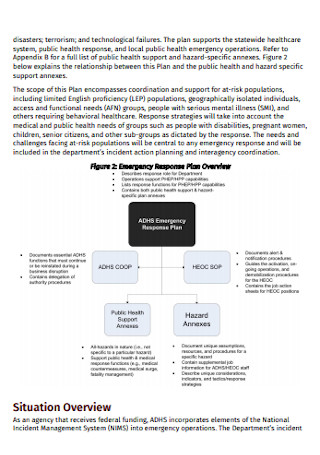
Health Emergency Response Plan
download now -
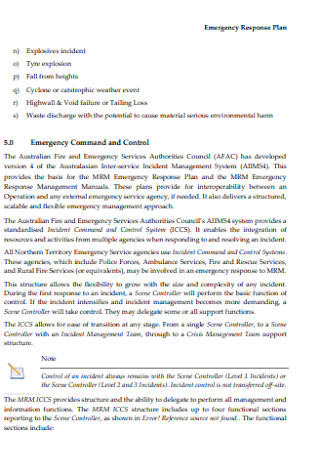
Basic Emergency Response Plan
download now -
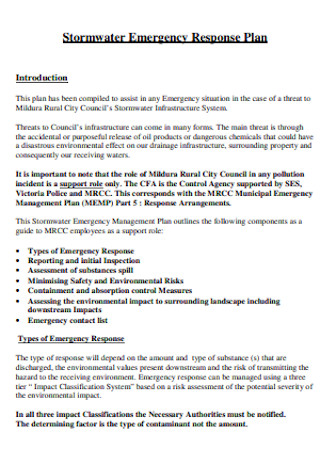
Stormwater Emergency Response Plan
download now -
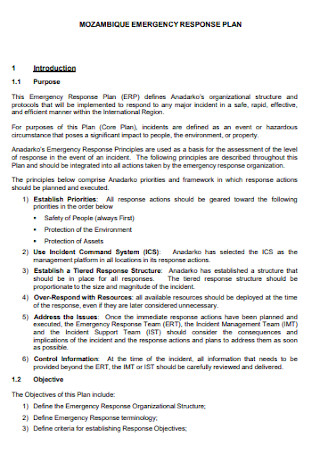
Mozambique Emergency Response Plan
download now
FREE Emergency Response Plan s to Download
33+ Sample Emergency Response Plans
What Is an Emergency Response Plan?
Elements of an Emergency Response Plan
How to Develop an Emergency Response Plan
FAQs
What are the four steps of emergency response?
What is the purpose of an emergency response plan?
What are the 3 C’s of emergencies?
What Is an Emergency Response Plan?
An emergency response plan is a document that details what actions individuals take within the initial minutes of an emergency that dictates whether the severity of an incident escalates or not. The severity refers to various elements, including financial, environmental, material, or human. In any case, any company must invest in creating an emergency response plan. Having one helps in minimizing the damages or losses brought about by unforeseen incidents. The main focus of the emergency response plan is the response given by the company to address various situations. Emergency response plans must highlight and list the high-risk circumstances. The circumstances require quality responsive risk management plan that translates into a catastrophic emergency response plan.
According to a blog post from the International Capital Market Association (ICMA) dating back to September 21st, 2018, about 86.9 percent of local governments report having created plans to mitigate disasters, both natural and man-made. However, from the percentage mentioned, only 68.6 percent addressed issues about at-risk residents.
Elements of an Emergency Response Plan
Emergency preparedness is one of the most crucial parts of any business or organization. It is an ever-evolving process to ensure the safety of the resources present within the company. The plan must continually undergo modification to suit the possible present and future situations or threats. It is necessary to stress the importance of having a comprehensive plan with the following elements.
How to Develop an Emergency Response Plan
There is no downside to preparing for the worst-case scenarios. Instead, motivate every individual within the organization to participate in developing and implementing the company’s emergency response plan. Following these steps can help you in creating a solid foundation for an effective emergency response plan.
Step 1: Understand the Possible Scenarios
The first step in any emergency response plan is to identify the types of emergencies that can occur on-site. It includes various hazards, from waste management plans to possible terrorist activities. Do not limit your response planning within the company’s boundaries, as external factors may also contribute to emergencies. Consider how each unique scenario impacts the company and list all possible effects it has.
Step 2: Define the Proper Actions
Understanding and identifying the various emergencies the company may experience help with determining the appropriate actions you want your employees to take. Nothing is simple, and you cannot just tell your employees to pack up and leave when everything seems chaotic. Clearly defining the possible and suitable response also helps with their safety.
Step 3: Design Assembly Areas and Verify Secure Routes
Designating safe locations where workers meet after an evacuation is of utmost importance. Also, creating alternative rallying points is desirable in cases where the area is hazardous. Aside from an alternate rally point, include various routes in case the pathways are blocked or unsafe. Having these secure locations is useless if your employees cannot reach them or if they suffer injuries along the way. Check all routes toward the rally point frequently to avoid possible obstructions and ensure that the pathway remains safe. Remember to inform your employees never to leave unnecessary materials from blocking passageways.
Step 4: Always Account for Each Individual
Create a system that guarantees every employee is well accounted for after an immediate evacuation. You can assign team leaders for each floor to have an employee list for verification once everyone is safely at the rallying point. For locations that use access cards or security verifications, guarantee real-time records for faster validation. One of the best ways to account for everyone is through implementing the buddy system, wherein employees pair up with one another and are responsible for knowing the other’s location.
Step 5: Plan the Initiation of Response Drills
The best way to do drills is to have a schedule. It is difficult to propose a response drill if every worker on-site is busy finishing up projects or work quotas. Before issuing the exercise, take note of the location and the number of participants joining. If setting up drills is out of the question, perhaps meeting with small teams and discussing evacuation plan procedures is the best approach. In doing so, you can emphasize the importance of evacuation and necessary compliance. It also serves as a way to helps the employees understand their roles of being at a safe location. Refresh their memories by identifying where the emergency exits are and how to operate the alarm system.
Step 6: Set Up Annual Meetings for Revision
Over time, worksites undergo necessary renovations and improvements, meaning their structure is different from the year before. Each change may impact your emergency response plan. That is why it is crucial to hold annual meetings to review the systems and make constant changes and revisions to keep up with the times. After all, the plan will not be of use if it cannot undergo proper implementation.
FAQs
What are the four steps of emergency response?
There are four phases when it comes to emergency response, and it includes mitigation, preparedness, response, and recovery. Mitigation refers to the prevention of future emergencies or minimizing their effects. These activities take place before and after the crisis. Preparedness, on the other hand, refers to the plans and preparations to save lives and help with response and rescue operations. These activities happen before emergencies. The response includes actions individuals take to prevent further impact and puts the plan into action. Response activities happen during an emergency. Meanwhile, recovery involves the steps taken after a crisis and establishes procedures that help businesses return to normal operations.
What is the purpose of an emergency response plan?
An emergency response plan specifies the needed procedures to manage sudden and unexpected situations. The objective is to always prepare in preventing fatalities or injuries, reducing damage to property and equipment, protecting the community and environment, and accelerating recovery to resume normal operations.
What are the 3 C’s of emergencies?
Chaotic and unpredictable behavior hinders individuals in responding properly during emergencies. However, in these situations, remember the three c’s: check, call, and care. Check means you have to look and be aware of things that pose unsafe conditions. It is unwise to rush without assessing the situation because it leads to harming yourself and others. In emergencies, it is best to call 911 as immediate responders. Inspect the scene and gather useful information and relay it to local authorities to get them involved as soon as possible. Lastly, provide sufficient care until medical professionals arrive on the scene.
In any given situation, it is better to create a plan that helps the company pull through. Preparing an emergency response plan helps not only the company but also the individuals working in it. It also guarantees that lesser risk and damages for equipment as well. In many localities and states, local, statutory and federal laws require organizations to create an emergency response plan, with particular guidelines to follow. There is nothing worse than not preparing for the worst-case scenario. Remember the saying, prevention is better than cure. The aftermath of not preparing for disasters may take a toll on the company in the long run. Prepare for everyone’s safety by using and downloading the emergency response plan samples above.
